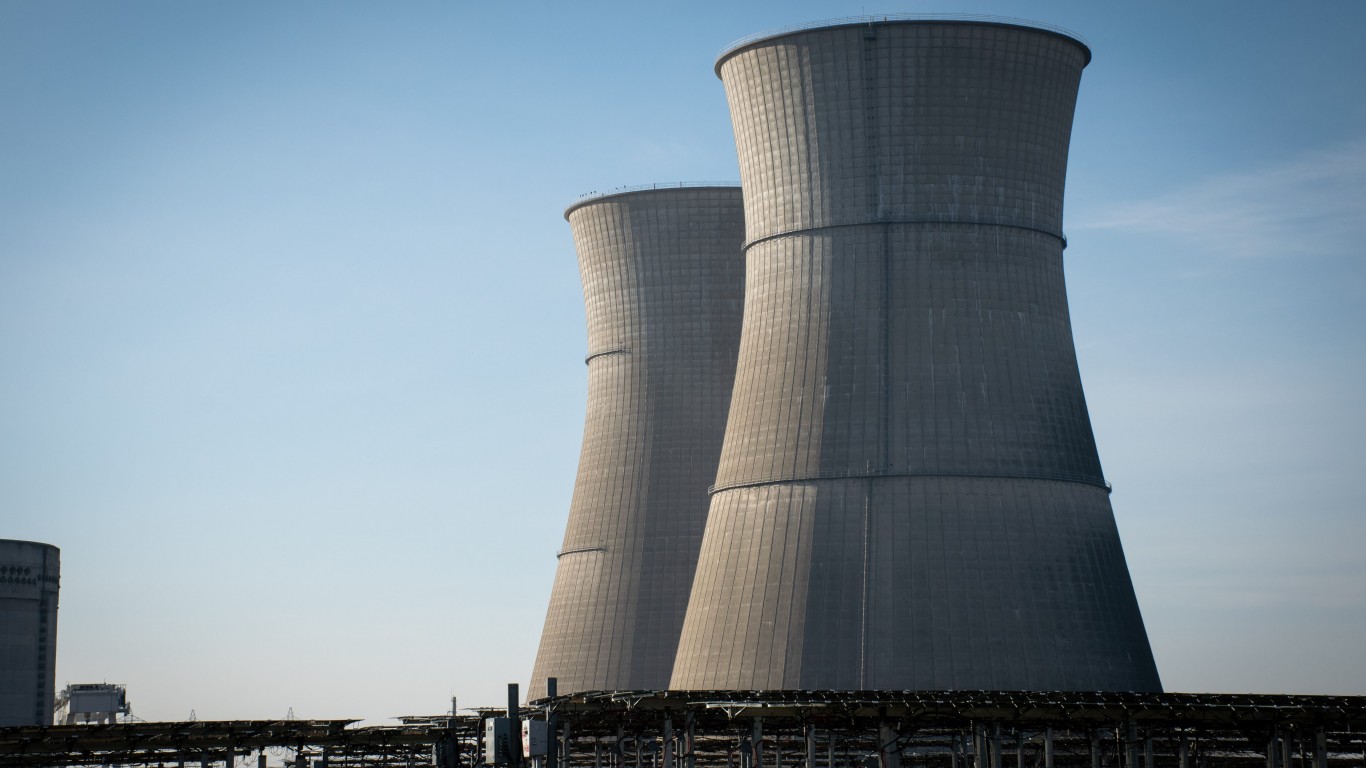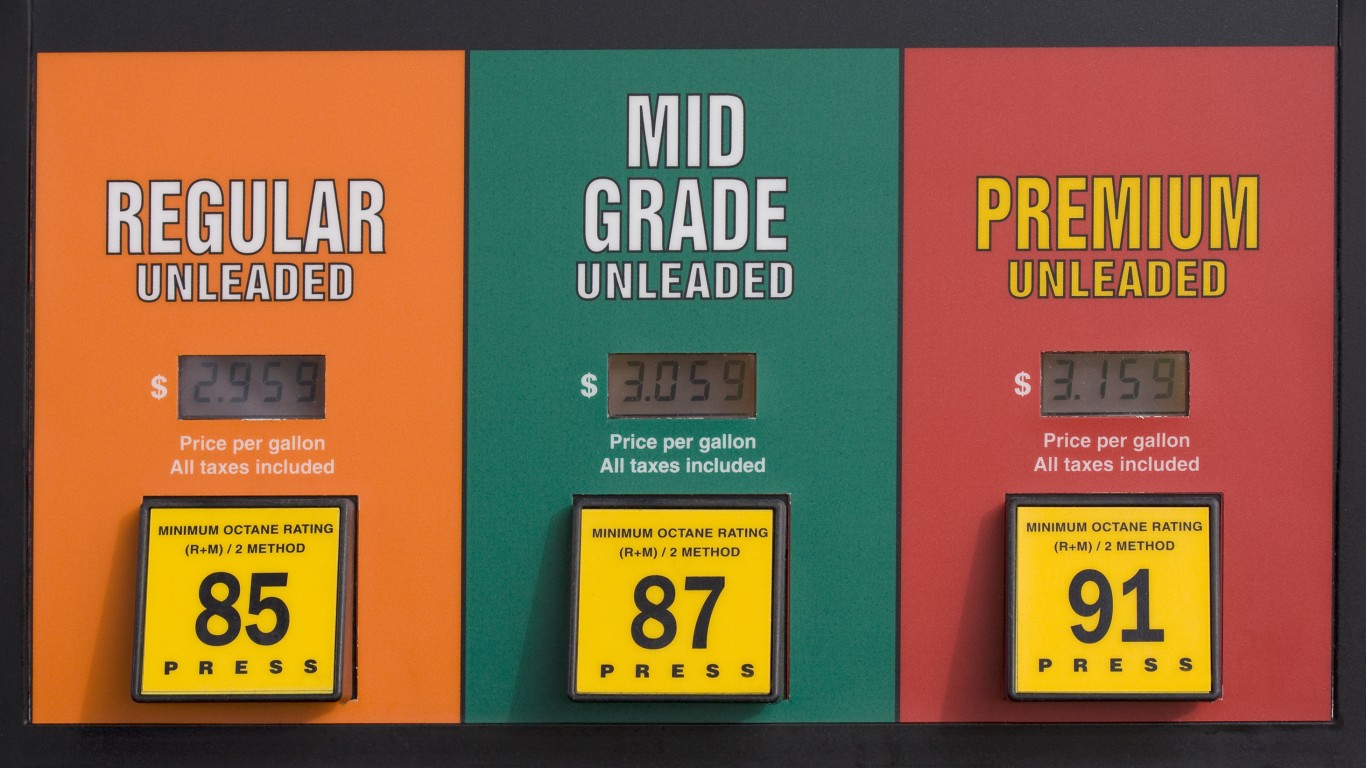
For the seventh consecutive month, Chinese demand for crude oil has increased by double digits over demand just one year ago. Demand in March grew by 12.8% year-over-year. The demand increase has been driven by yet another surge in China’s GDP, which grew by 11.9% in the first quarter of the year.
Additional refining capacity at China Petroleum & Chemical Corp. (NYSE:SNP), aka Sinopec, Petrochina Co. Ltd. (NYSE:PTR), and Cnooc, Ltd. (NYSE:CEO) have also contributed to the jump in demand. New car sales in 2009 in China reached 13 million units, and Chinese drivers need to get fuel for those cars from someplace.
And that someplace is essentially the US and Western Europe, where demand for crude is either falling (Europe) or growing much more slowly (US) than originally anticipated. At China’s current pace of growth, the country will be consuming more oil than the US by 2020.
That means that a minimum of 8 million b/d will need to be added to the global supply of crude in the next 10 years. That’s a tall order, and may be unreachable, particularly if the global economy picks up and global GDP growth reaches around 4% for a few years.
Aside from falling demand in the developed countries of North America and Western Europe, global crude supply will need to see a serious jump in production. One possible source of that increase is OPEC’s spare capacity, now estimated at 5.5 million b/d.
Bringing that spare capacity back on-line may meet demand, but the price of the oil will rise significantly. In 2007, when demand for oil was high and prices were rising to more than $100/b, OPEC ran down its spare capacity to around 1-2 million b/d with absolutely no moderating effect on prices. The more oil that was supplied, the more that was demanded. Had oil prices not collapsed in the wake of the financial crisis that began in 2008, it’s possible that we’d be staring at $200/b prices for crude.
Production growth in non-OPEC countries may also continue to rise, as Russia and Brazil, in particular, boost output. But if global demand is going to be met without prices rising to nosebleed levels, Iraq is the key.
Iraq’s current production of around 2.5 million b/d could double in 5 years. The Iraqi government is targeting output of 12 million b/d by 2017, which is probably too aggressive, but such a figure is theoretically possible given Iraq’s enormous oil resource and the relative ease with which it can be tapped.
Petrochina’s parent company, state-owned China National Petroleum Company, signed a $3 billion contract with the Iraqi government in 2008. Interestingly, CNPC does not take oil, but cash from the deal. China will develop the field and Iraq will sell the oil and pay China in cash. CNPC has a similar deal in Iran to develop a field that can produce 120,000 b/d in exchange for cash.
In January, CNPC joined with France’s Total S.A. (NYSE:TOT), and Malaysia’s national oil company, Petronas, to develop another Iraqi field with a production target of 535,000 b/d. The partners will recover their development costs and be paid a $1.40/b fee for each barrel pumped. Again, the deal pays off in cash, not oil.
The big field for CNPC is Iraq’s Rumaila, which is estimated to hold some 20 billion barrels. CNPC has partnered with BP plc (NYSE:BP) and Iraq’s national oil company to boost production at the field to about 1.2 million b/d by the end of 2010 and up to 2.85 million b/d by 2017.
While China may prefer secure, state-owned supplies of crude, it appears to be just as satisfied with cash. Because crude oil is fungible, the net effect of being paid in cash is the same as being paid in oil. The Chinese guarantee their supply at market rates, not a bad deal in a market where supplies are predicted to lag demand.
One possible side effect of these deals in Iraq, and similar deals elsewhere, is that the Chinese government may see an advantage in removing the tight peg the yuan has to the dollar. Because oil is traded in dollars, if the US dollar remains weak, China ends up paying more for oil than it collects from its share of production.
The Chinese government seems willing to pay only lip-service to reining in the country’s GDP growth. The government’s 2010 GDP target was around 9% as the year began, but the economy has surpassed that easily and by a larger margin in each month. It’s almost as if the government is playing ‘Whack-a-mole’ in its efforts to slow GDP growth. As soon as they make it harder to get real estate loans, direct asset investment climbs. They tackle that problem only to see consumer credit rise. And so on.
The country seems to want high GDP growth, and the attendant growth in energy consumption, without taking any responsibility itself for the way things turn out. The upshot of that attitude is that it’s every country for itself. China clearly thinks that it can prevail in that battle.
Paul Ausick
Travel Cards Are Getting Too Good To Ignore (sponsored)
Credit card companies are pulling out all the stops, with the issuers are offering insane travel rewards and perks.
We’re talking huge sign-up bonuses, points on every purchase, and benefits like lounge access, travel credits, and free hotel nights. For travelers, these rewards can add up to thousands of dollars in flights, upgrades, and luxury experiences every year.
It’s like getting paid to travel — and it’s available to qualified borrowers who know where to look.
We’ve rounded up some of the best travel credit cards on the market. Click here to see the list. Don’t miss these offers — they won’t be this good forever.
Thank you for reading! Have some feedback for us?
Contact the 24/7 Wall St. editorial team.




